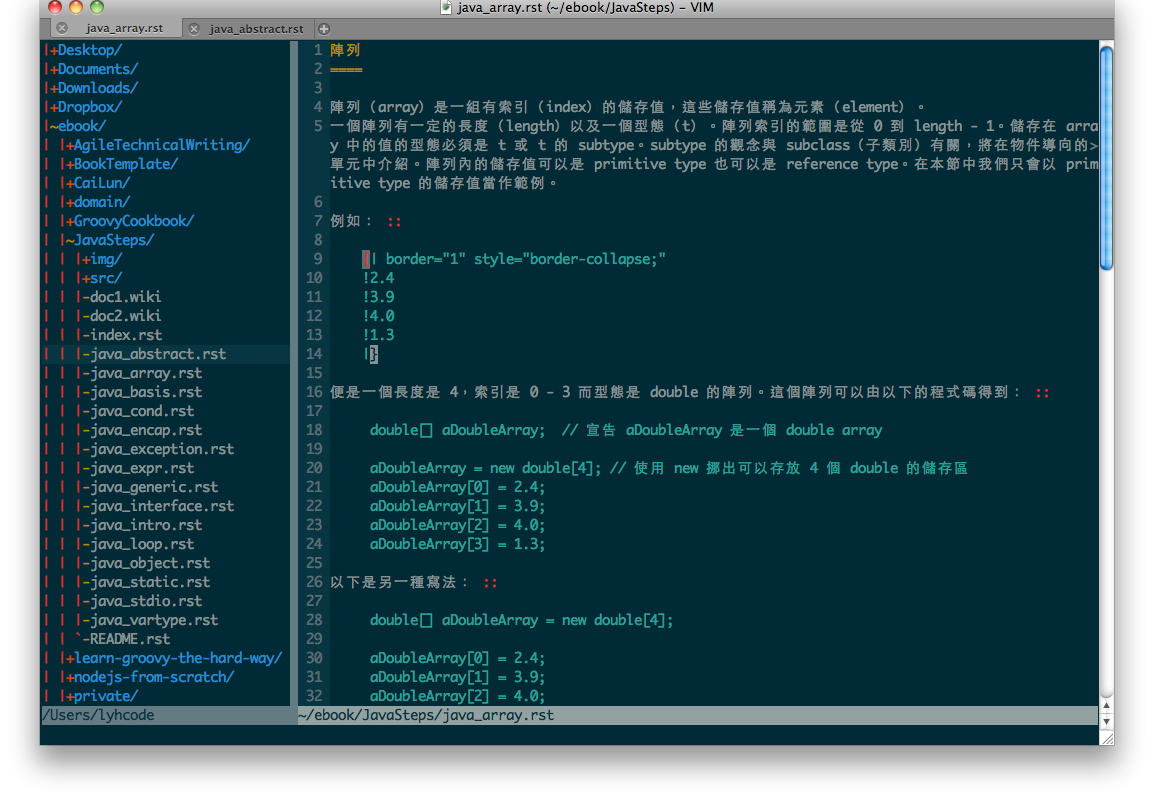

Basically, it seems to limit the number of times Vim renders, which sped up scrolling for me.

You can read about it with help lazyredraw. That’s kind of a bummer, but if it means I can scroll through HTML and Ruby files, then I’ll take it. It turns off the bar that highlights the current line you’re on. This setting had the most impact of the three. There are three settings that helped this on my systems. If you’re a programmer, that means a lot of files! And the problem affects more than just macOS.

The magic KeyRemap4MacBook values for me were:Įven with fast repeat settings, Vim can slow to a craw while scrolling through files that have long lines, when syntax highlighting is turned on. Tweak the repeat values even more with KeyRemap4MacBook.Terminal.app couldn’t cope with faster key repeat settings – Vim was still slow, though a bit faster. Now, the vanilla options helped some, but in order to get really fast scrolling speed, I had to take two more steps: Tweak the Key Repeat and Delay Until Repeat settings to find a good speed. I had to restart after changing these settings to see any effect. You can change Key Repeat settings in System Preferences -> Keyboard. It turns out there was a simple cause for the problem: key repeat settings.
MACVIM SCROLL OPPOSITE MAC
Scrolling with j and k was blindingly fast on Linux, but plodded along on my Mac so slowly that I began using Control-F and Control-B most of the time. There was always a marked difference between Vim on my Mac and Vim on Linux. Other times, the problem is really about Vim’s ability to render long lines with syntax highlighting.įear not! There are solutions to both problems. In some cases, the problem is OS-specific: key repeat settings can slow down scrolling with the j and k keys. Vim, Neovim, and MacVim can all exhibit slow scrolling in macOS.


 0 kommentar(er)
0 kommentar(er)
